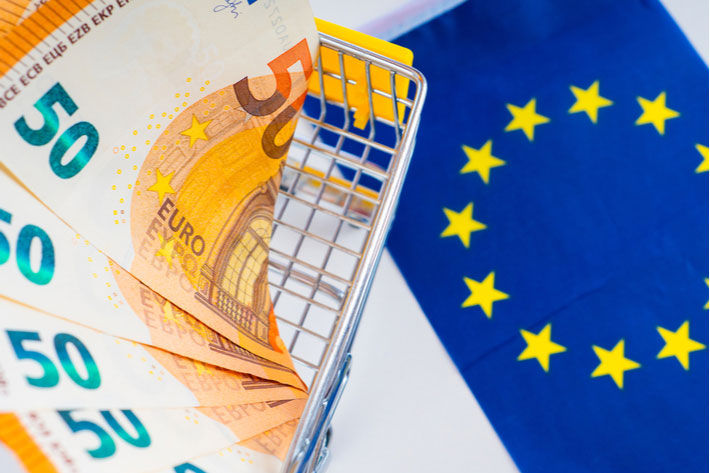
The policy actions include the post-pandemic re-opening of contact-intensive services, a strong and still improving labour market, lower accumulation of savings and fiscal measures to offset rising energy prices are set to support private consumption, the EU said in a press release.
Real GDP growth in both the EU and the euro area is now expected at 2.7 per cent in 2022 and 2.3 per cent in 2023, down from 4 per cent and 2.8 per cent (2.7 per cent in the euro area) respectively in the Winter 2022 interim forecast.
The downgrade for 2022 must be read against the background of the growth momentum gathered by the economy in spring and summer last year, which adds around 2 percentage points to the annual growth rate for this year, the EU said. Output growth within the year has been reduced from 2.1 per cent to 0.8 per cent.
The main hit to the global and EU economies comes through energy commodity prices. Although they had already increased substantially before the war, from the low levels recorded during the pandemic, uncertainty about supply chains has pressured prices upwards, while increasing their volatility.
War-induced logistics and supply chain disruptions, as well as rising input costs for a broad array of raw materials, add to the disturbances in global trade caused by the drastic COVID-19 containment measures still applied in parts of China, weighing on production.
Inflation has been picking up momentum since early 2021. From 4.6 per cent year on year in the last quarter (Q4) of 2021 it went up to 6.1 per cent in Q1 2022. Headline inflation in the euro area surged to 7.5 per cent in April, the highest rate in the history of the monetary union.
Inflation in the euro area is projected at 6.1 per cent in 2022, before falling to 2.7 per cent in 2023. For 2022 as a whole, this represents a considerable upward revision compared to the Winter 2022 interim forecast (3.5 per cent).
Inflation is expected to peak at 6.9 per cent in Q2 2022 and decline gradually thereafter. For the EU, inflation is expected to increase from 2.9 per cent in 2021 to 6.8 per cent in 2022, and fall back to 3.2 per cent in 2023. Average core inflation is projected above 3 per cent in 2022 and 2023 in both the EU and the euro area.
Despite the costs of measures to mitigate the impact of high energy prices and to support people fleeing Ukraine, the aggregate government deficit in the EU is set to decline further in 2022 and 2023 as temporary COVID-19 support measures continue to be withdrawn.
From 4.7 per cent of GDP in 2021, the deficit in the EU is forecast to fall to 3.6 per cent of GDP in 2022 and 2.5 per cent in 2023 (3.7 per cent and 2.5 per cent in the euro area).
Risks to the forecast for economic activity and inflation are heavily dependent on the evolution of the war, and especially on its impact on energy markets.
Beyond these immediate risks, Russia’s invasion of Ukraine is leading to an economic decoupling of the EU from Russia, with consequences that are difficult to fully apprehend at this stage, the EU added.
Fibre2Fashion News Desk (DS)